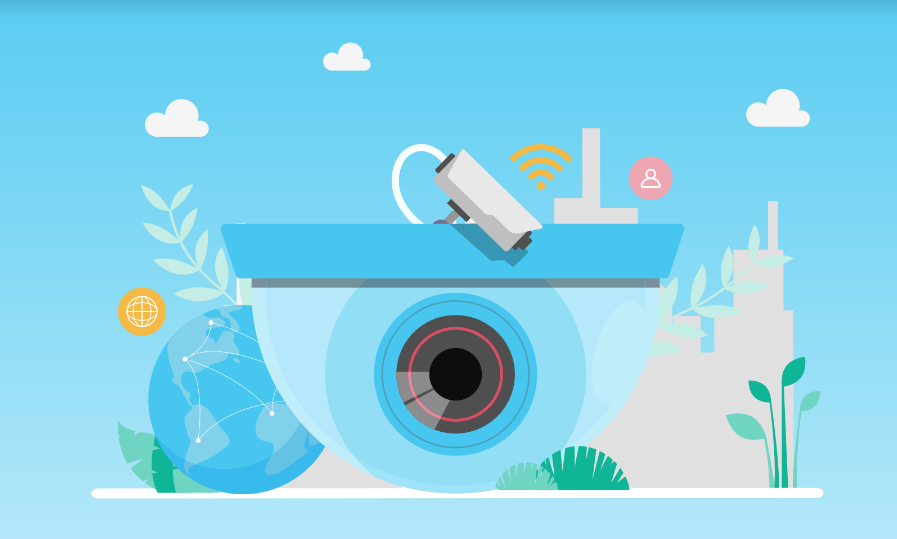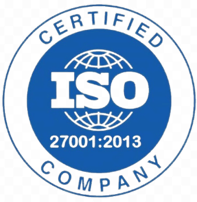
How Automation Can Help Minimize Downtime of Cameras and Other Physical Security Devices
It is critical for organizations to minimize the downtime of their security cameras and other physical security devices. If your physical security devices are experiencing downtime, the technology that your organization has invested in is not performing the task you want it to perform. More importantly, it means that there are temporary holes in a key system that is supposed to keep your organization’s people and property safe.
Due to the sheer scale of devices, the risk of downtime is particularly significant. Today’s organizations typically struggle to stay on top of the operational status of their thousands or tens of thousands of physical security devices, so it can sometimes take them weeks to discover that a device is experiencing downtime. Even once they discover that a device is not working properly, the process of the break-fix cycle, diagnosing and resolving the issue takes additional time. Moreover, many organizations struggle to take the necessary routine maintenance steps as often as is required, increasing the likelihood of device downtime in the first place.
But preventing and minimizing downtime among physical security devices does not need to be a difficult or time-consuming process. By using an automated solution to operationally manage physical security devices, organizations can efficiently observe, manage and protect their devices to maximize their device uptime, while also helping protect those devices from cyber threats.
First things first: Automation can often prevent downtime before it starts
Although there are various reasons that one or more physical security devices can experience downtime, in many cases that downtime can be prevented by simply taking routine maintenance steps. Specifically, it is important to upgrade compatible firmware as it becomes available. This also improves the cybersecurity posture of security cameras and other devices.
Automation can now help you streamline all of these routine processes. For example, an automated solution can make sure that all of your physical security devices are running the latest compatible firmware and that their passwords are updated regularly (based on your organization’s policies). Whereas performing these routine maintenance steps manually is too time-consuming to be viable for many organizations, automation offers a level of efficiency and reliability that can empower your company to maintain its physical security devices adequately.
Second line of defense: Identifying and diagnosing device issues
Because some downtime is virtually inevitable among large fleets of physical security devices, it is critical for an automated management solution to monitor these devices’ health and status around the clock. This way, when some of your organization’s devices experience downtime, your relevant team members can find out quickly. Moreover, a comprehensive, automated solution should identify factors likely to cause downtime or other device issues in the foreseeable future, such as a device’s end of service.
This type of solution should also assist with root cause analysis to help you diagnose the reason for downtime (as well as reasons for other device issues). This process includes helping to determine whether an issue is specific to one device or if it affects multiple devices.
Getting back on track: Resolving device issues automatically and in bulk
While insight into the causes of device downtime can be very useful, there is no substitute for the ability to resolve issues remotely. An automated solution for operationally managing your physical security devices can also help you take steps remotely to fix problems preventing your devices from working properly. In many cases, a remote restart can help you get a device up and running far more quickly than would be possible with a manual approach—minimizing downtime while also saving you the cost of a truck roll and a technician’s on-site work time.
Moreover, the ability to integrate to third party platforms can cut down network noise, getting the essential root-cause information to the appropriate team, cuts time to resolution and the cost to resolve the issue.
Top reasons for device downtime—and how to address them
Although an automated approach to managing physical security devices can help you maximize their uptime, it can’t entirely eliminate the problem of device downtime. This approach can help you to prevent, detect, diagnose, and resolve (often remotely) issues that cause downtime, but sometimes it is important to understand the most common causes of downtime and the key ways to address them.
That’s why we’ve published Minimizing IP Cameras’ Downtime: The 5 Main Reasons IoT Security Cameras Go Offline—and How to Resolve Them. In this guide, we help you understand and address the problem of downtime among security cameras and other physical security devices. In addition to important background information, the guide walks you through specific steps you can take to increase the uptime of your organization’s physical security devices.
For a closer look at how to address the problem of downtime among IP cameras and other physical security devices, we invite you to check out the guide.










